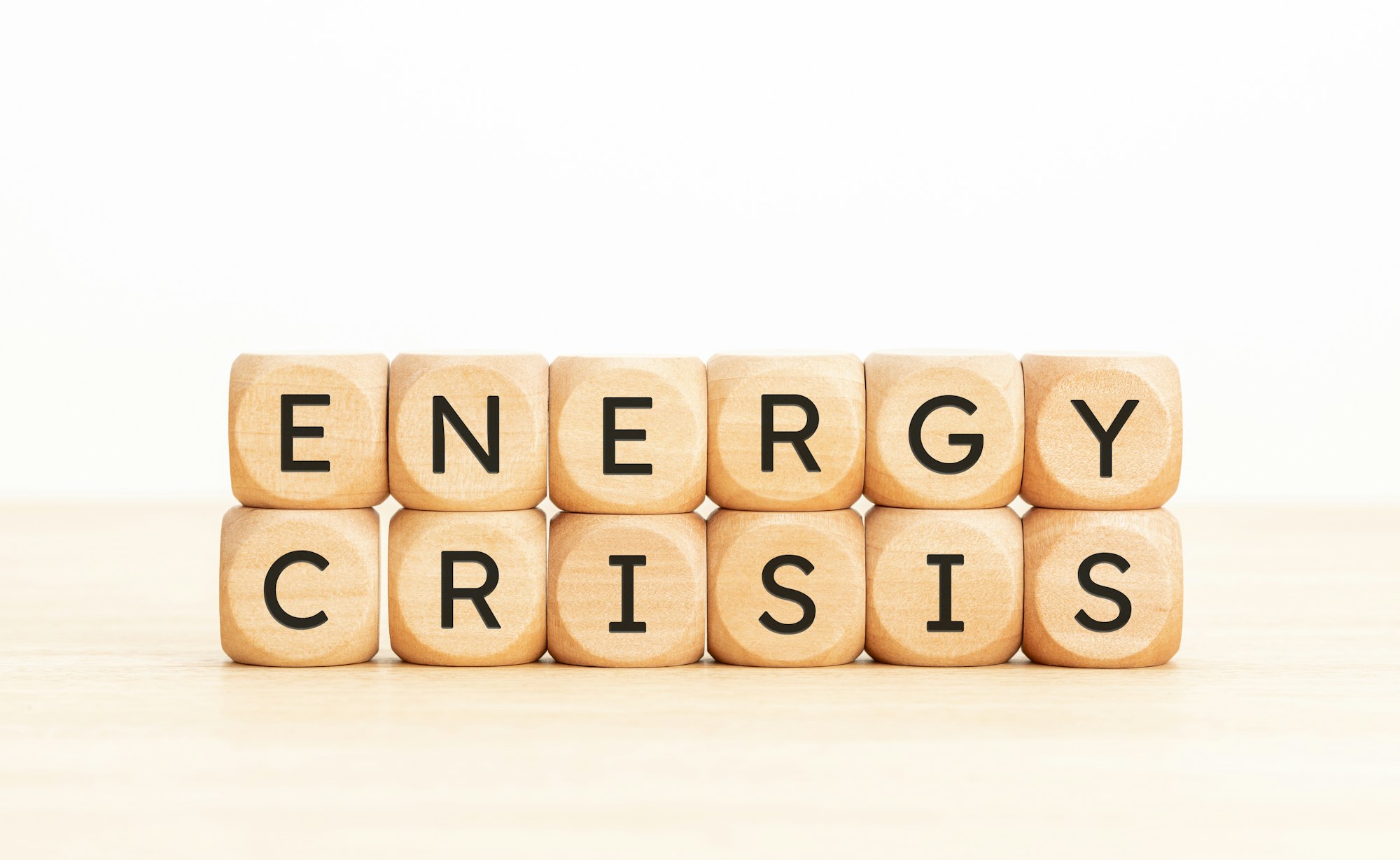In a landscape marked by increasing energy needs, the United States is facing a significant power crisis. The convergence of artificial intelligence, clean-tech manufacturing, and the booming data center industry is straining the nation’s aging power grid. This article delves into the rising demand, the pressure on the power grid, and the potential consequences for the energy transition.

Unraveling the Energy Crunch
Large parts of the U.S. are on the brink of electricity shortages due to the proliferation of power-hungry data centers and clean-tech factories. The demand for industrial power is soaring, with projections indicating a concerning 17-fold increase in some states. From Georgia to Texas, the urgency to expand the power grid is evident.
The Impact of AI on the Power Surge
The swift evolution of artificial intelligence is a major driver of the surge in energy demand. AI-driven innovations require massive computing infrastructure, surpassing the capacities of traditional data centers. Tech giants like Amazon, Apple, Google, Meta, and Microsoft are rushing to establish new data centers, intensifying the strain on the already burdened grid.
The Influence of Crypto-Mining
The rise of crypto-mining, especially in transactions involving currencies like bitcoin, adds to the growth of data centers. This additional pressure worsens the existing bottlenecks in the transmission lines and power stations that make up the nation’s power grid.
Gridlock and Disputes
The increasing demand is not without consequences. Battles are raging over who should pay for new power supplies, with regulators fearing that residential ratepayers might bear the cost of upgrades. This power crunch jeopardizes the transition to cleaner energy, as utilities fight to keep fossil fuel plants, hindering progress towards state and federal climate goals.
The Growing Hunger of Data Centers
With over 2,700 data centers in the U.S., these facilities consumed over 4% of the country’s total electricity in 2022. Projections suggest a surge to 6% by 2026. As the demand for clean energy rises, data center operators are competing for connections to regional electricity grids, intensifying the race for sufficient power sources.
The Pursuit of Power
Companies are grappling with challenges in finding suitable locations for their data centers. Traditional hubs with strong internet infrastructure and tech talent pools are saturated, leading to a land rush in unexpected regions. However, power supply limitations in these second-choice markets force developers to venture even further, sometimes into unconventional areas like cornfields.
Innovations and Experiments Off the Grid
Amidst the gridlock, companies are exploring alternative energy solutions. Off-the-grid experiments, including high-tech fuel cells and geothermal energy, are gaining traction. Major tech players like Microsoft and Google are investigating on-site small nuclear plants to power their operations, aiming for zero-emission energy solutions.
The Path Forward: Obstacles and Solutions
While the Biden administration focuses on easing the grid bottleneck, challenges persist. Regulatory hurdles, limited federal powers, and state-level disputes over land acquisitions and project costs hinder progress. The article concludes with a spotlight on the urgent need for a comprehensive solution to ensure a sustainable, efficient, and green power grid.
Explore the challenges of America’s energy crisis driven by AI, clean-tech, and data center growth. Uncover the impacts on the power grid, the race for suitable locations, and innovative solutions in this in-depth analysis.

FAQ
- Why is the United States facing a power crisis?
The power crisis stems from the combined impact of surging energy needs, driven by artificial intelligence, clean-tech manufacturing, and the exponential growth of data centers. This has strained the nation’s aging power grid, leading to an unprecedented challenge. - How is artificial intelligence contributing to the surge in energy demand?
The rapid evolution of artificial intelligence requires massive computing infrastructure, surpassing the capabilities of traditional data centers. Tech giants such as Amazon, Apple, Google, Meta, and Microsoft are aggressively establishing new data centers, exacerbating the strain on the already burdened power grid. - What role does crypto-mining play in the increased demand for energy?
The rise of crypto-mining, especially in transactions involving currencies like bitcoin, adds pressure to the growing data center industry. This additional demand further strains the transmission lines and power stations that constitute the nation’s power grid. - How are data centers impacting the race for suitable locations and power sources?
With over 2,700 data centers in the U.S., these facilities consumed over 4% of the country’s total electricity in 2022. Projections suggest a surge to 6% by 2026. As the demand for clean energy rises, data center operators are competing for connections to regional electricity grids, intensifying the race for sufficient power sources. - What innovative solutions are companies exploring amidst the power grid challenges?
Companies are exploring alternative energy solutions, including off-the-grid experiments such as high-tech fuel cells and geothermal energy. Major tech players like Microsoft and Google are even investigating on-site small nuclear plants to power their operations, aiming for zero-emission energy solutions amid the ongoing gridlock.
Sources The Washington Post


